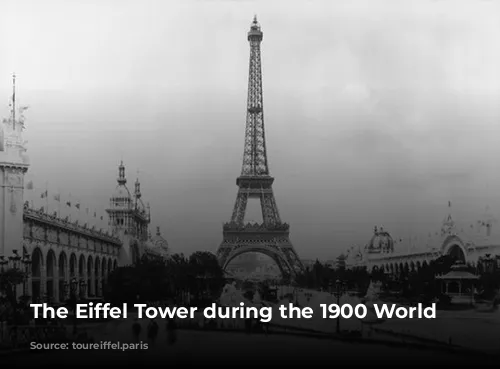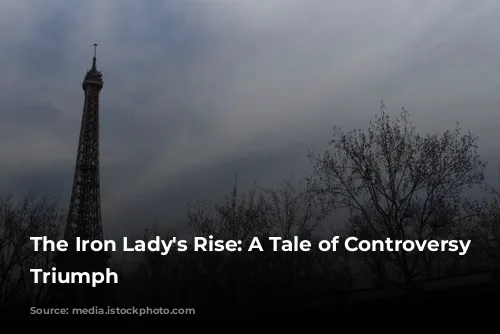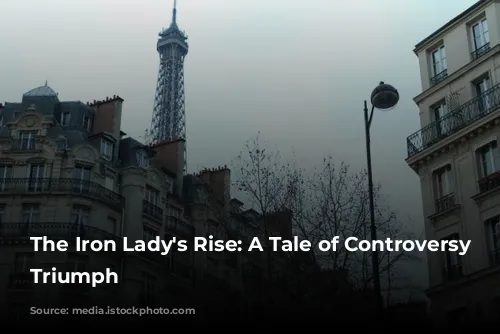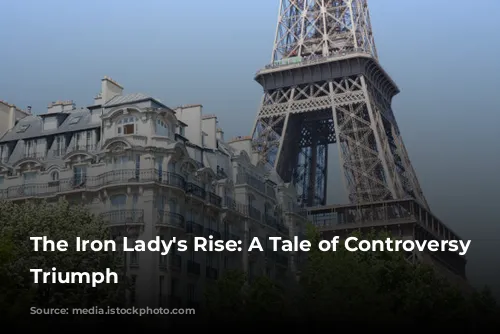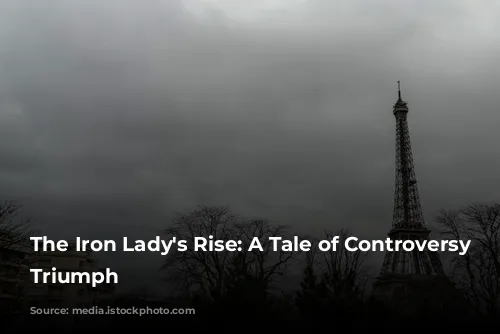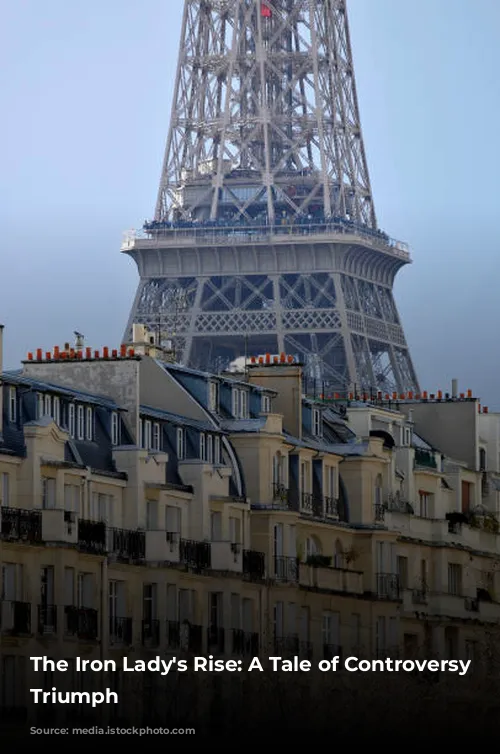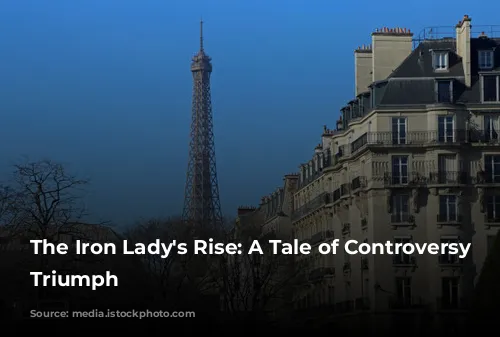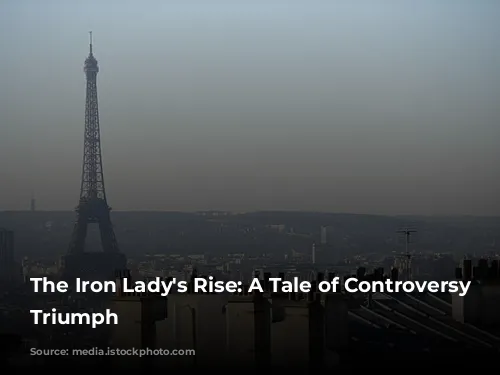The Eiffel Tower, now an iconic symbol of Paris, wasn’t always embraced. Its construction, a testament to the genius of Gustave Eiffel, was met with fierce opposition.
The Eiffel Tower’s early years were marred by controversy and resistance. Before its construction even began, Gustave Eiffel faced a challenging battle to realize his vision of a towering iron structure that would redefine Paris’ skyline. This grand project was envisioned as the centerpiece of the 1889 World Exhibition, an event celebrating the centennial of the French Revolution. Eiffel’s ambitious plan, however, was met with a formidable adversary: Jules Bourdais, a renowned architect who proposed a competing design – the Sun Tower.
A clash of visions pitted iron against stone, modernism against classicism. Bourdais, a prominent architect, championed a towering granite and porphyry structure, adorned with a beacon, and envisioned it as a symbol of traditional grandeur. Eiffel, an engineer, championed a bold, innovative iron structure, emphasizing its practicality and potential for scientific advancements. The battle for the Parisian skyline ignited a public debate, fueled by newspaper articles and passionate arguments from both sides.
Eiffel’s strategic approach and a touch of patriotism secured victory. Eiffel skillfully leveraged his engineering expertise, highlighting the efficient construction and cost-effectiveness of his iron tower. He emphasized its potential for scientific research and national defense, appealing to a sense of national pride.
While Bourdais initially seemed to gain momentum, Eiffel’s tenacity and financial commitment ultimately swayed the decision. Recognizing Eiffel’s commitment to the project and his willingness to finance it in exchange for operational rights, the Minister of Commerce, Edouard Lockroy, ultimately favored Eiffel’s proposal.
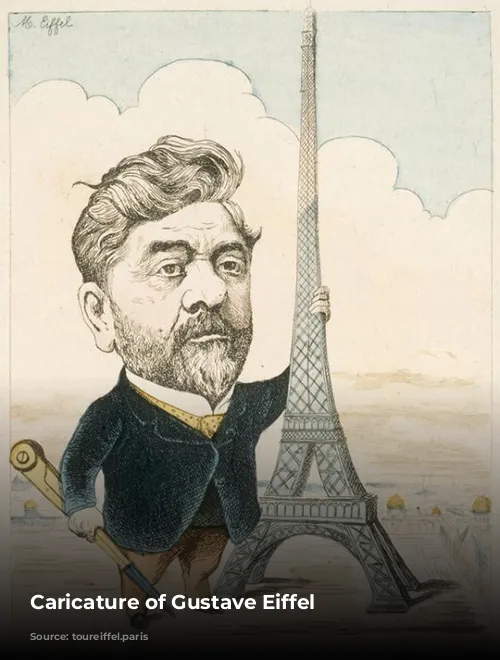
The Tower’s Critics and a City’s Embrace
Eiffel’s triumph was short-lived, as his innovative vision faced an onslaught of criticism. A wave of opposition arose from architects, who viewed Eiffel’s triumph as a threat to their profession. Artists and intellectuals, concerned about the aesthetic impact of the tower on the Parisian landscape, joined the chorus of dissent.
The famous “Protest against the Tower of Monsieur Eiffel” was published in Le Temps, a newspaper that became the battleground for this cultural war. Leading artists, writers, and architects, including Charles Gounod, Guy de Maupassant, Alexandre Dumas (son), François Coppée, and Charles Garnier, signed this manifesto, criticizing the tower as an “ugly, monstrous structure” that would “destroy the beauty of Paris.”
Eiffel defended his creation with an eloquent response, highlighting its strength, beauty, and potential. He countered the criticism by emphasizing the tower’s architectural harmony, its impressive scale, and its scientific value.
The construction of the tower further inflamed passions, with Parisians expressing a mix of admiration and apprehension. Even prominent writers like Paul Verlaine, Léon Bloy, and François Coppée ridiculed the towering structure. Guy de Maupassant, famously known for his disdain for the tower, sought refuge on its first floor, claiming it was the only place in Paris where he wouldn’t have to see it.
However, despite the initial resistance, the Eiffel Tower proved to be a resounding success. Upon its opening in 1889, the tower was met with enthusiastic crowds, silencing the earlier criticisms. Some artists even offered public apologies for their initial disdain. The tower, originally envisioned as a temporary structure, became an integral part of the Parisian landscape.
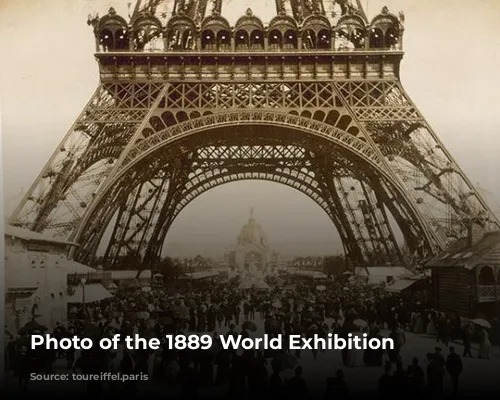
A Tower Saved by Science and Strategy
Despite its enduring popularity, the tower faced threats of demolition after its initial 20-year lifespan. The Paris City Council proposed dismantling the tower to redevelop the Champ de Mars area.
Eiffel, recognizing the tower’s scientific potential, actively promoted research projects on the tower. He understood that the tower’s scientific value could secure its future.
A series of experiments, including meteorological observations, wireless telegraphy, aerodynamics, and falling body tests, transformed the Eiffel Tower into a hub of scientific exploration. These experiments not only showcased the tower’s scientific capabilities but also highlighted its strategic importance.
In 1903, Eiffel, with the support of Captain Gustave Ferrié, established a military network of wireless telegraphy on the tower. This strategic communication system, capable of long-distance communication, solidified the tower’s place as a valuable asset for national defense.
This combination of scientific achievements and strategic significance ultimately secured the tower’s future. The Eiffel Tower was granted a 70-year extension, ensuring its place as a symbol of Paris and a testament to Gustave Eiffel’s visionary engineering.
Today, the Eiffel Tower stands as a testament to Gustave Eiffel’s audacity and a symbol of Paris’ enduring spirit. From its controversial beginnings to its iconic status, the tower’s story is a captivating reminder of the power of innovation, resilience, and the enduring beauty of a city that embraces change.
